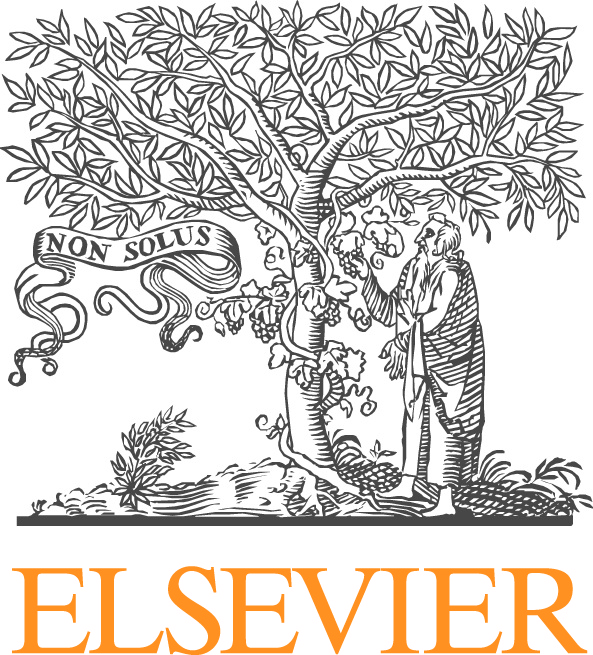
General Polyhedral Discretizations: Meshing, Formulations, and Applications
Joseph Bishop, Samuel Key
Standard domain discretizations are based on primitive geometric shapes such as the hexahedron, pentahedron, and tetrahedron. While this small set of element shapes has been sufficient for many applications, there is now an emerging set of computational multiphysics applications in which general polyhedral shapes, ones with an arbitrary number of vertices and faces, both convex and nonconvex, provide a much needed increase in flexibility in the modeling process. Examples include the modeling of geological sites with their inherently complex material layering with interspersed fractures and faults, and the modeling of geometrically complex engineered structures such as internal combustion engines. Additionally, a general set of element shapes enables automated hex dominant meshing, mesh adaptivity, as well as the modeling of complex phenomena such as pervasive fracturing processes. The objective of this mini-symposium is to bring together researchers from applied mathematics and computational science and engineering to discuss new research into domain discretization methods that use general polyhedra. Abstracts are solicited that address polyhedral meshing, numerical formulations such as finite element and mimetic methods, and applications that involve the use of polyhedral grids.










